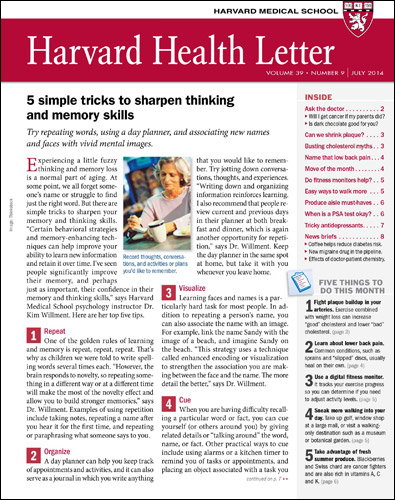Preventing playground injuries: The fine line between safe and overprotective

Follow me at @drClaire
When my children were little, their favorite thing to play on at the local playground was a big yellow climbing structure. There was a platform that was high off the ground, with various ladders to climb up as well as two slides (one straight and one curvy) and a pole to slide down or climb up. There were even some monkey bars leading up to it on one side. It could be a castle or a pirate ship or a space ship, and climbing it or mastering the monkey bars was a big, pride-filled milestone. It was awesome.
When they renovated the park, they took it down. “There’s nothing good there anymore,�� said my youngest. “It’s all little kid stuff.�� Everything in the playground now is close to the ground �� and hard to get hurt on.
It made me sad.
Don’t get me wrong �� as a parent and pediatrician, I want children to be safe on the playground. Between 1996 and 2005, US emergency rooms treated about 200,000 children a year for playground injuries, which is a lot. I worry especially about traumatic brain injuries (TBI) such as concussions, as they can have long-term consequences; a in the journal Pediatrics showed that between 2001 and 2013, there were 21,000 emergency room visits a year for TBI’s in children 14 years old and younger.
The study showed that the number of playground TBIs seen in emergency rooms rose between 2005 and 2013 �� but it’s not clear whether that’s because there were truly more of them or whether both parents and doctors were becoming more aware of and concerned about concussions. The fact that more than 95% of the children were treated and released, meaning that the injuries were minor, supports this explanation. Until relatively recently, most parents wouldn’t have brought their child to the emergency room for a head bump unless the child lost consciousness, needed stitches or otherwise seemed very unwell; head bumps were considered a normal part of childhood.
We now understand that head bumps can be more dangerous than we realized, and we are more careful at playgrounds (and in sports). That’s why the yellow climbing structure came down, I’m sure; the study found that playing on those, and swings, was the biggest cause of TBI. But as a parent and pediatrician, I think we need to be careful with being careful.
Concussions shouldn’t be a normal part of childhood, and playgrounds should be safe. But being safe isn’t just an environment thing; it’s also a learned skill. Children need to learn what and where the dangers are, and how to avoid them. They need to learn their limitations �� and learn when to respect them, and when to push them.
These aren’t just safety lessons, they are life lessons. Life is full of challenge and risk. And whether it’s a broken arm or a broken heart, sometimes we get hurt as we learn to meet those challenges and risks.
So of course, let’s make our playgrounds safe. Let’s make sure there are soft surfaces beneath climbing structures and swings. Let’s make sure that equipment is maintained properly. Let’s make sure that caregivers supervise children. Let’s educate people on the signs of concussion, and on what to do if they see those signs.
But let’s not get overprotective in the process. Let’s not take down all the high climbing structures or big swings �� and especially, let’s not stop our children from doing anything that might be risky. Because the risks will always be there �� and we won’t always be there to watch them. It’s better they practice now, on a playground, with us nearby.
About the Author

Claire McCarthy, MD, Senior Faculty Editor, �첩���� Publishing
Disclaimer:
As a service to our readers, �첩���� Publishing provides access to our library of archived content. Please note the date of last review or update on all articles.
No content on this site, regardless of date, should ever be used as a substitute for direct medical advice from your doctor or other qualified clinician.













